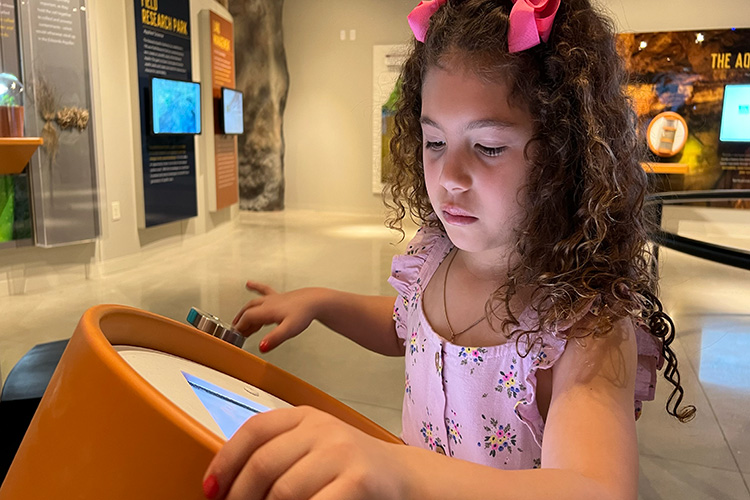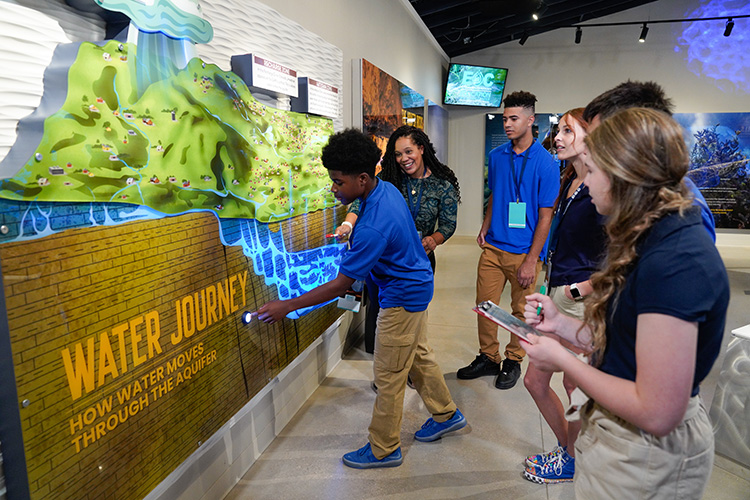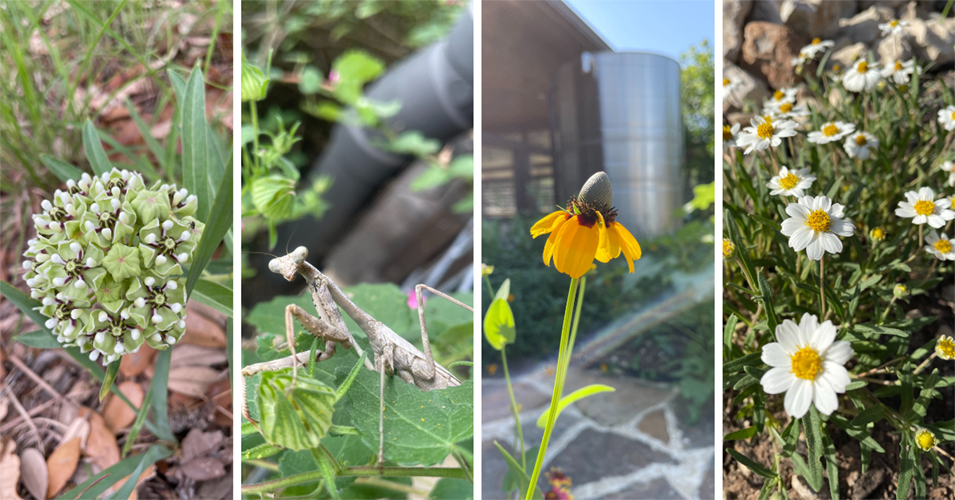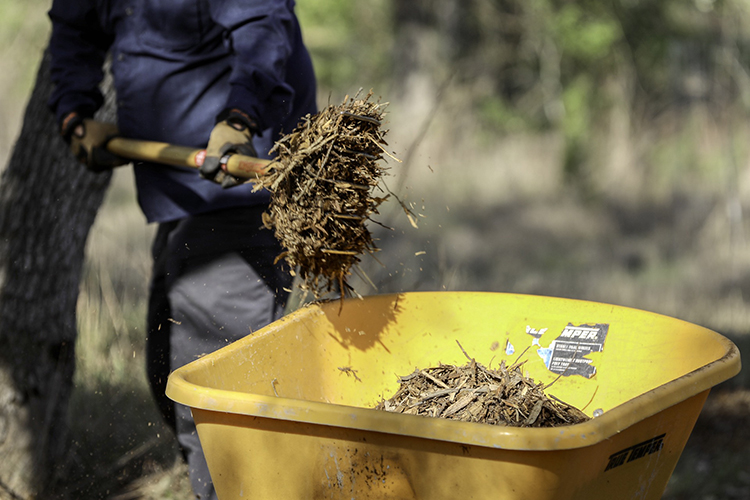National Groundwater Awareness Week: Protecting Your Hidden Resource
“When the well is dry, we know the worth of water.” — Benjamin Franklin
Posted on March 6, 2025 by Brianna Anzaldua

What is Groundwater?
National Groundwater Awareness Week is a time to recognize the importance of protecting and responsibly managing our groundwater resources. Groundwater is a critical component of our water supply, supporting drinking water needs, agriculture, industries, and ecosystems. This week, we invite you to visit the Edwards Aquifer Authority Education Outreach Center (EOC) to learn more about groundwater and how we can all play a part in its preservation.
Groundwater is water that exists underground in saturated soil and rock layers, replenished by rainwater infiltration. Gravity pulls water downward through the ground, filling spaces between soil particles and cracks in rocks. In the case of the Edwards Aquifer System, when it rains, water falls on the contributing zone into rivers and streams across the recharge zone, and percolates into the Edwards Limestone.
This unseen resource plays a crucial role in supplying water to wells, springs, and streams. In fact, groundwater can take hundreds of years to recharge, making its conservation even more important. More than 44% of the population depends on groundwater as a primary water source for drinking water, and the United States uses 82.3 billion gallons of fresh groundwater every day for various purposes, including public supply, irrigation, and industry.
Why is Groundwater Important?
How Can We Protect Groundwater?

How You Can Help Protect Groundwater
- Learn about the Edwards Aquifer to understand how it supports your community’s water needs.
- Support local water conservation efforts by participating in educational events and initiatives.
- Plant native vegetation, which requires less water and reduces the need for chemical fertilizers.
- Keep hazardous chemicals, such as paint, pesticides, and motor oil, far away from your well and any water sources.
- Maintain a clean zone of at least 50 feet around wells, keeping them clear of kennels, livestock operations, and chemical storage.
- Test your well water regularly to detect contaminants early and prevent potential health risks.
- Install rain gardens to capture rainwater, helping recharge the aquifer naturally and reducing runoff pollution.
- Practice water conservation by fixing leaks, using water-efficient appliances, and turning off taps when not in use.
The Good Well vs. Bad Well Exhibit

The Aquifer Rocks Exhibit Well

The Journey of Water

National Groundwater Awareness Week serves as a reminder that our actions today impact our water supply tomorrow. By learning about groundwater and adopting responsible practices, we can all contribute to the preservation of this essential resource. Join us at the Edwards Aquifer Authority Education Outreach Center to discover more and be part of the effort to protect our groundwater.
Free Field Trips and Family Fun
The EOC is free and open to the public, making it the perfect destination for families and school groups. We also offer free field trips that provide an educational and engaging way to explore the aquifer’s ecosystem and its endangered species. Valentine’s Day is the perfect time to share your love of conservation and inspire the next generation of environmental stewards.

Plan Your Visit
The EOC, located on the Edwards Aquifer Recharge Zone at 23400 Cibolo Vista, San Antonio, TX 78261, is open Monday through Friday from 8 AM to 5 PM. This unique location offers visitors the opportunity to explore and learn directly on the recharge zone of the aquifer. This makes it a convenient and accessible destination for free educational field trips in San Antonio. It is ADA-accessible, free, and open to the public, making it the perfect destination for families, school groups, and individuals alike. With its mission to manage, enhance, and protect the Edwards Aquifer, the EAA is dedicated to educating the community about this precious resource. Through interactive exhibits, engaging school programs, and customizable tours, the EAAEOC makes learning accessible and fun.
Whether you’re looking for an educational field trip, a self-guided adventure, or a unique way to learn about Texas’ natural resources, the EAAEOC has you covered. Visit eaaeoc.org to schedule your free educational trip to the Edwards Aquifer Authority Education Outreach Center today and make 2025 a year of discovery and learning!
For More Information
NationalGroundwaterAwarenessWeekResource (Source: NGWA) | Edwards Aquifer Facts
Let’s work together to protect our groundwater today for a sustainable tomorrow!
1 Comment
Submit a Comment
More Posts

From Lens to Landscape: Tips for Our Rooted in Saving Water Photo Contest
June marks the official start of summer – and one of the most fascinating astronomical events of the year: the summer solstice. This annual milestone happens when Earth’s tilt is at its maximum toward the sun, giving the Northern Hemisphere its longest day and shortest night of the year. This year, the summer solstice arrives on June 20th at 3:50 p.m. CDT.

Dig Into World Soil Day at the EAA Education Outreach Center
At the Edwards Aquifer Authority Education Outreach Center (EAA EOC), we’re all about celebrating the nature beneath our feet, and that includes more than just the Edwards Aquifer. We’re talking about soil! This World Soil Day is the perfect time to get down and dirty...

I don’t commonly comment but I gotta say thankyou for the post on this one : D.